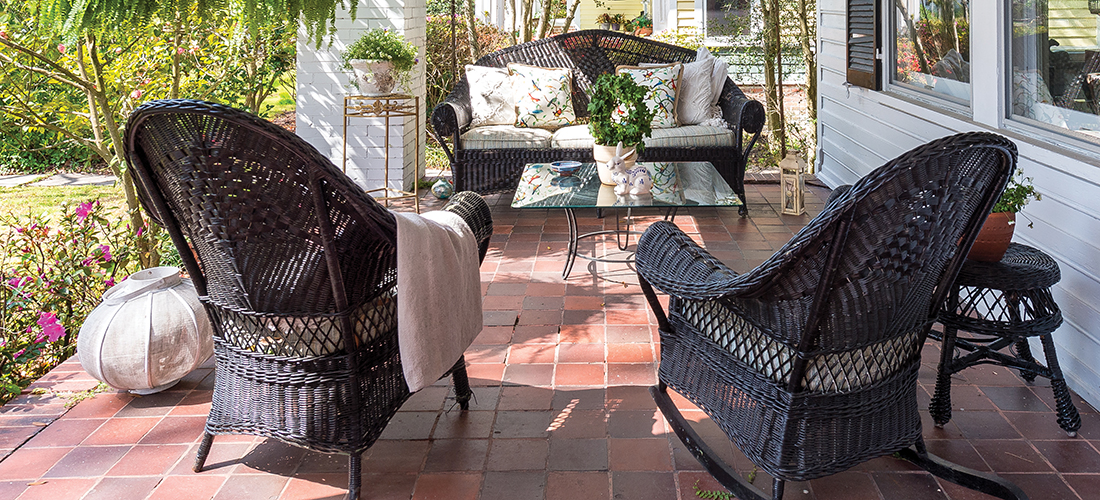Green Heron
The patient hunter at water’s edge
By Susan Campbell
Think of a heron and a tall, lanky wader comes to mind. However, the green heron is a quite different animal. This stocky bird is about the size of a crow with relatively short yellow legs. But it does have a dark, dagger-like bill and a handsome, velvety-green back, dark cap and chestnut-colored body. And in true heron form, it moves slowly and deliberately, hunting in and around the water’s edge.
Because of this slow-motion lifestyle, this bird is often overlooked. It may only be when it flushes from thick vegetation or croaks to advertise its territory that the green heron gets noticed.
Although not an inhabitant of saltwater, green herons are found throughout the coastal plain. These birds can turn up along estuaries, marshes, rivers and smaller bodies of water. Not surprisingly, they feed on fish, amphibians, and large invertebrates. And they have even been known to grab hummingbirds from time to time.
Very versatile hunters, they can dive and swim after prey if motivated. Moving through deep water is likely made possible by their natural buoyancy and the partial webbing between their toes. Most remarkably, green herons are one of a very few bird species that actually use tools. Individuals have been known to use worms, twigs, feathers, bread crusts and more to lure small fish within easy reach.
Green herons are adaptable when it comes to breeding as well. A tight, seasonal pair bond is formed between males and females each year. The male will choose a location and begin nest-building early on. The female will take over and construct a platform of sticks that may be solid, or it may be quite flimsy. But the nest will always be protected, whether it is in a tree or large shrub.
A clutch of three to five eggs will be protected and incubated by both parents. Likewise, the young will be fed and brooded by the male and female. And it will be a month or more that the herons will remain together as a family as the juveniles learn what it takes to survive.
Here in the Wilmington area, we may have a few green herons year-round. However, most members of the population in the eastern U.S. head to the Caribbean or Central America each fall. Even before this southward movement, individuals may wander in any direction, especially if food levels drop or water sources dry up. Individuals have covered very long distances: Surprisingly, a few have been observed as far away as Great Britain and France.
While green herons are with us in the coming weeks, if you scan the edges of wet habitat, you may spot one — hunched, with a long, sharp bill staring intently into the water. Better yet, listen for a loud, catlike “skeow” or odd screaming that may give its presence away. Should a green heron fly, it may seem somewhat crow-like with slow wing beats; however, its partially unfolded neck ought to give it away.
Susan would love to receive your wildlife sightings and photos. She can be contacted at susan@ncaves.com.


